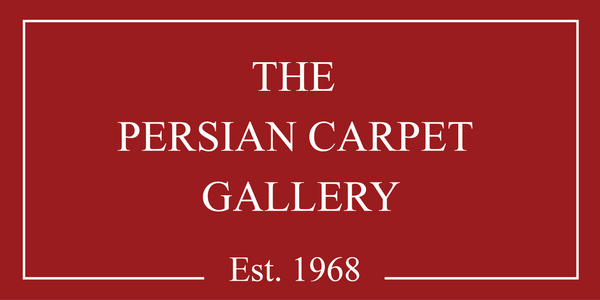Blogs
The Chelsea Rug
This 16th-century Persian rug, housed in the Victoria and Albert Museum in London, is a masterpiece of artistry and craftsmanship. Known as the "Chelsea Carpet," it features 738,700 Persian knots per square meter and a luxurious combination of silk and wool. Its intricate design includes medallions, blossoming trees, mythical creatures like phoenixes and dragons, and a serene central pool filled with fish. Sharing a stylistic connection with the famed Ardabil Carpet, it is considered one of the most beautiful rugs in the world, showcasing Persia's rich cultural legacy in carpet weaving.
Materials Used in Persian Carpets
The extraordinary quality of Persian carpets begins with the fine, supple fleece of Persian sheep, famously known as "oily sheep" due to their fatty skin. This unique wool, prized for its exceptional strength and durability, is primarily used for the pile of the carpet and occasionally for the warp and weft. The pile is typically crafted from two single threads twisted together to create a strong two-strand structure, ensuring longevity and resilience.


